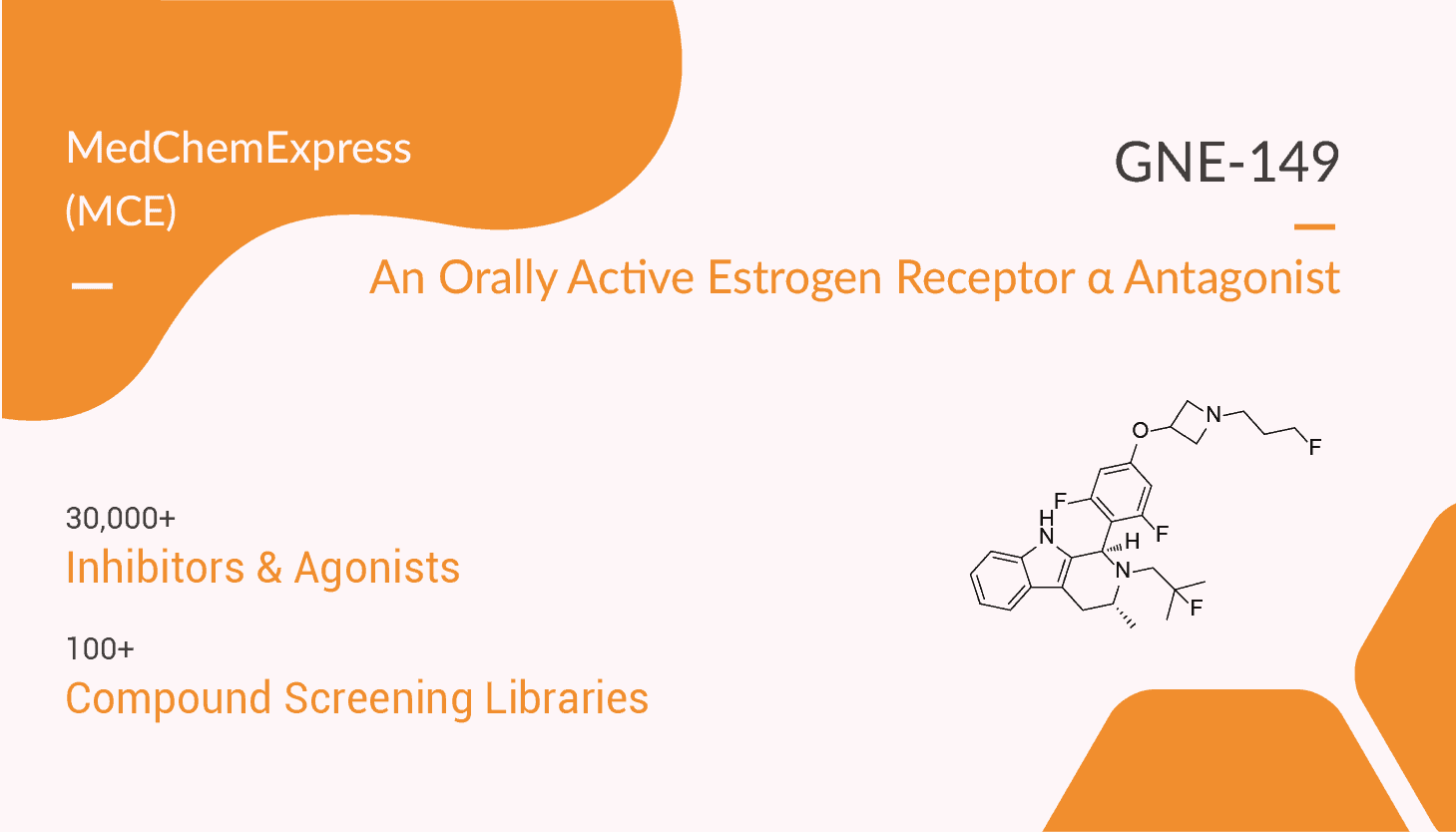Estrogen receptor α (ERα) and β (ERβ) is a nuclear transcription factors involved in regulating many complex human physiological processes. Moreover, these proteins play a role in the nucleus and regulate the transcription of specific target genes by binding with relevant DNA regulatory sequences. The interaction between ligands, receptors, DNA sequences, cofactors, chromatin background, and post-translational modifications eventually leads to ER α Transcriptional regulation. Furthermore, ERα mainly exists in the breast, uterus, ovary, bone, male reproductive organs, prostate, liver, and adipose tissue.
Specifically, ERα and ERβ, have the opposite effect in regulating estrogen. ERα promotes and ERβ Inhibit estrogen-dependent cell growth. Selective estrogen receptor degrading agent (SerD), and ERα binding to induce conformational changes. Besides, this not only antagonizes ERα Function but also leads to its proteasome-mediated degradation to inhibit ERα signal transduction more effectively. Here, we will introduce an orally active ERα antagonist, GNE-149.
GNE-149 is an Orally Active Estrogen Receptor α Antagonist.
First of all, GNE-149 is an orally bioavailable full antagonist of estrogen receptor α (ERα; IC50=0.053 nM). GNE-149 is a selective estrogen receptor degrader (SERD). GNE-149 can be used for the research of breast cancer.
In the second place, GNE-149 exhibits antiproliferative activity in MCF7 and T47D cells with IC50s of 0.66 and 0.69 nM, respectively. Importantly, GNE-149 exhibits ERα Degradation in MCF7 and T47D cells with IC50s of 0.053 and 0.031 nM, respectively.
Last but not the least, GNE-149 with 0.3-30 mg/kg exhibits in vivo efficacy in an MCF7 xenograft mouse model harboring either wild-type (WT) ERα or overexpressed Y537S mutant. Particularly, GNE-149 has a favorable pharmacokinetic profile. Obviously, they include total clearance (CL; 19, 8, and 13 mL/min/kg for Rat, Dog, and Cyno) and oral bioavailability (F; 31%, 49%, and 28% for Rat, Dog, and Cyno).
All in all, GNE-149 is an orally active estrogen receptor α antagonist.
References:
Jun Liang, et al. ACS Med Chem Lett. 2020 May 26;11(6):1342-1347.